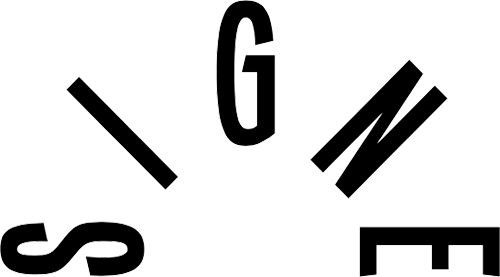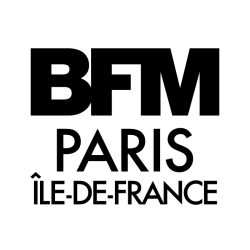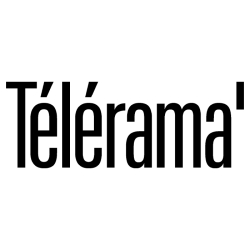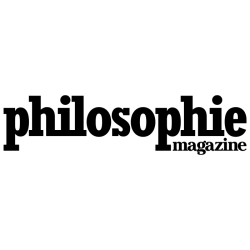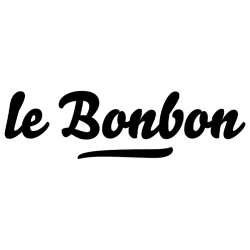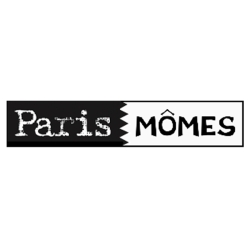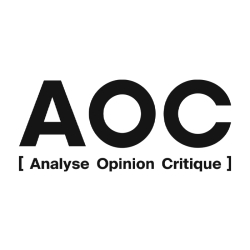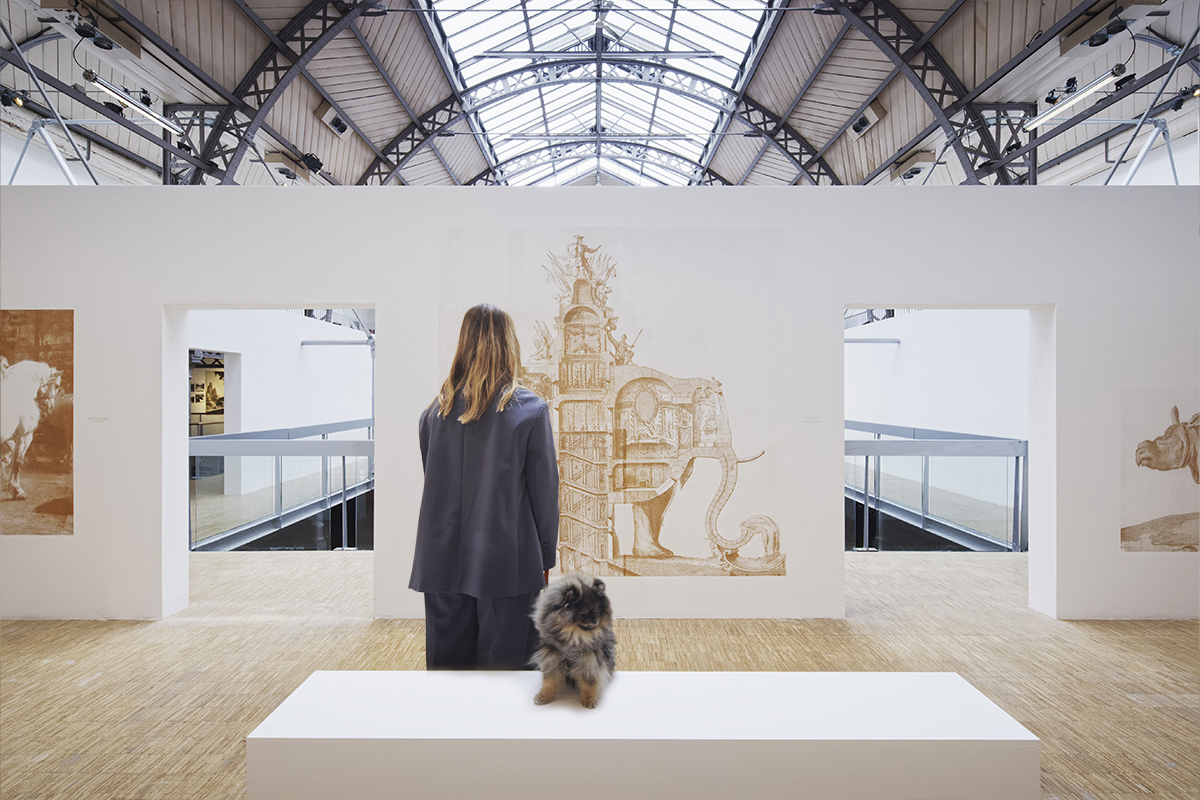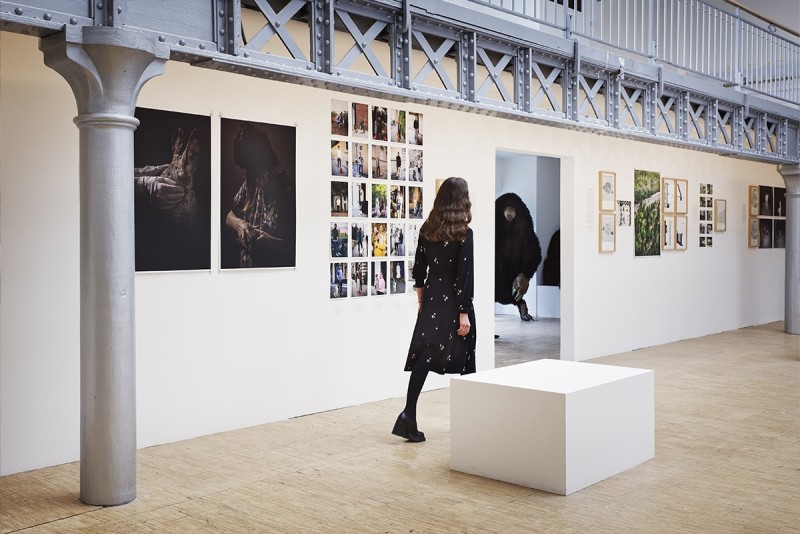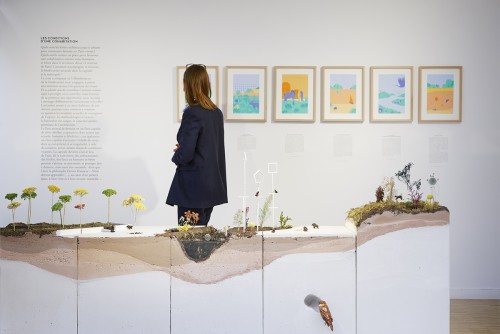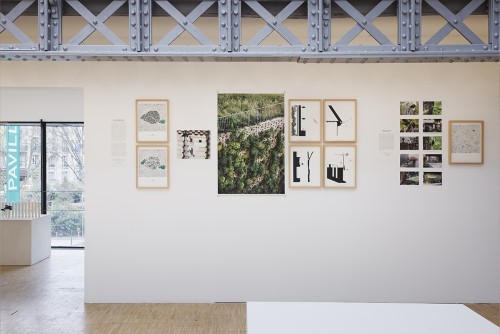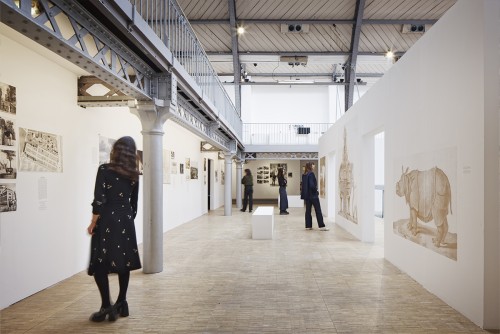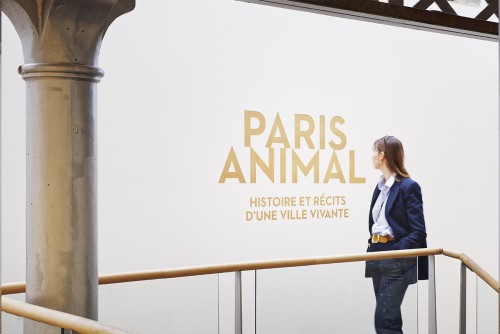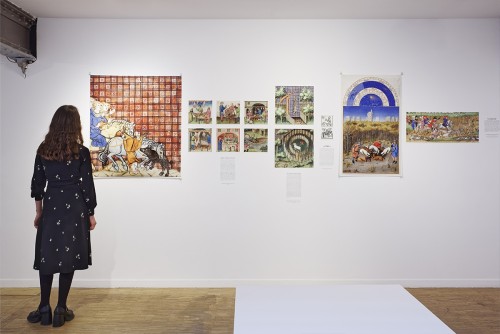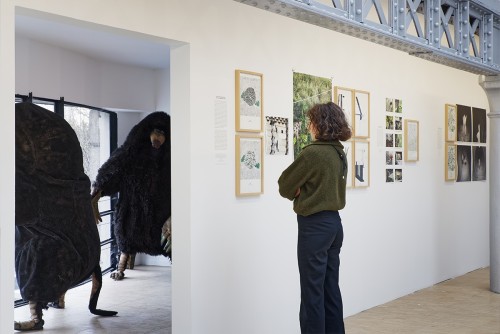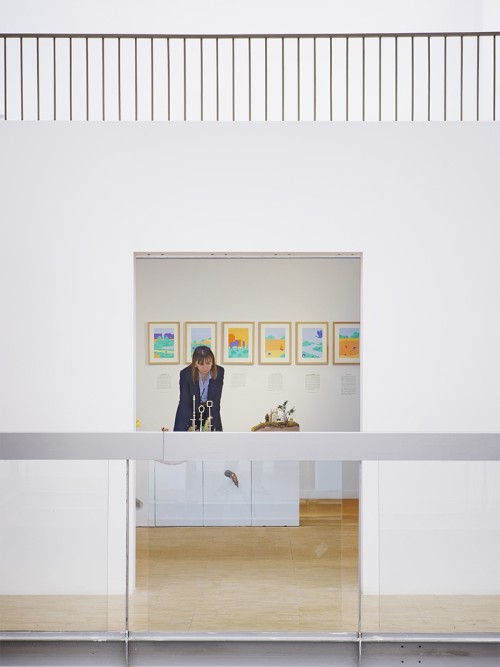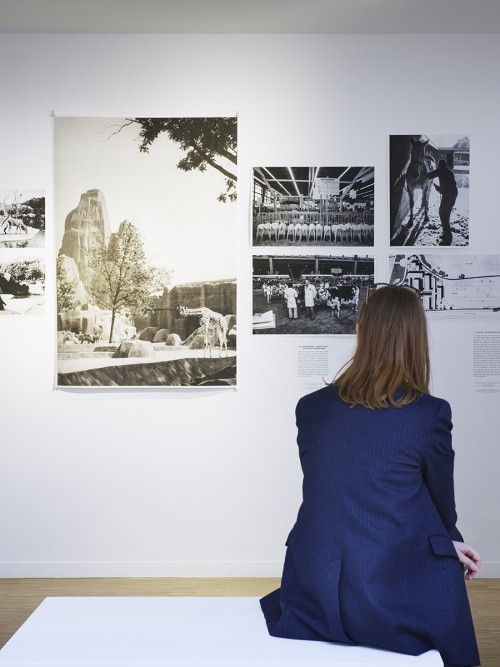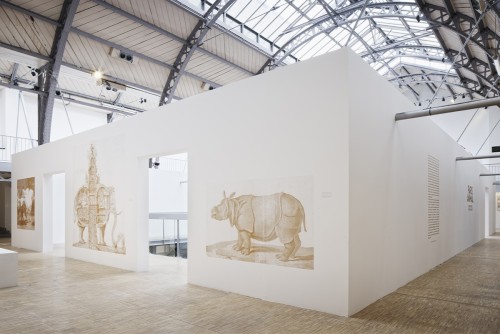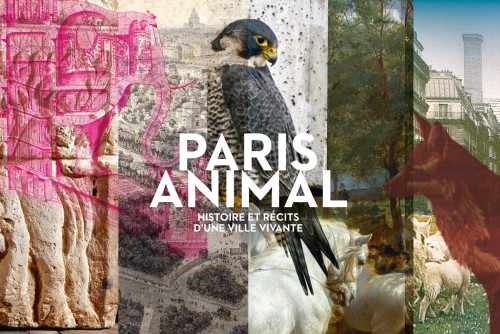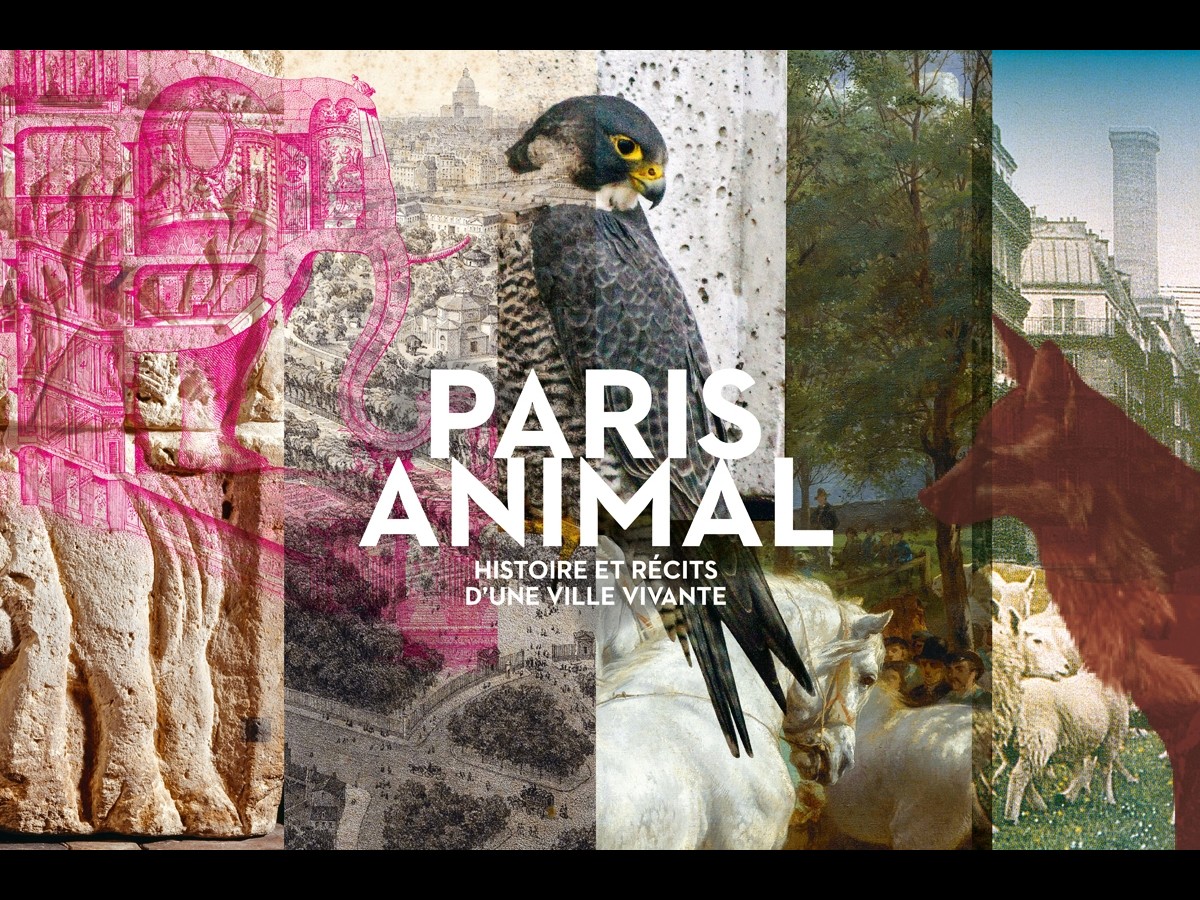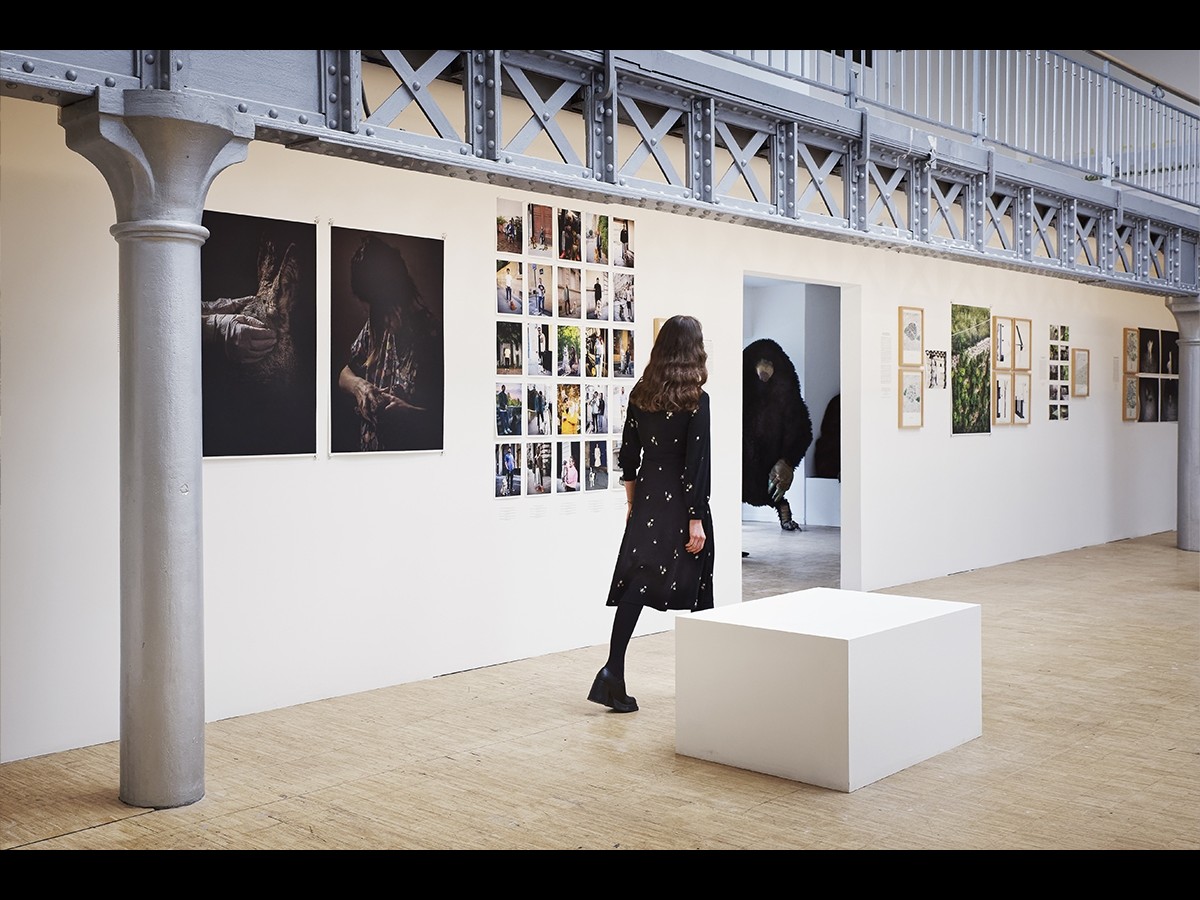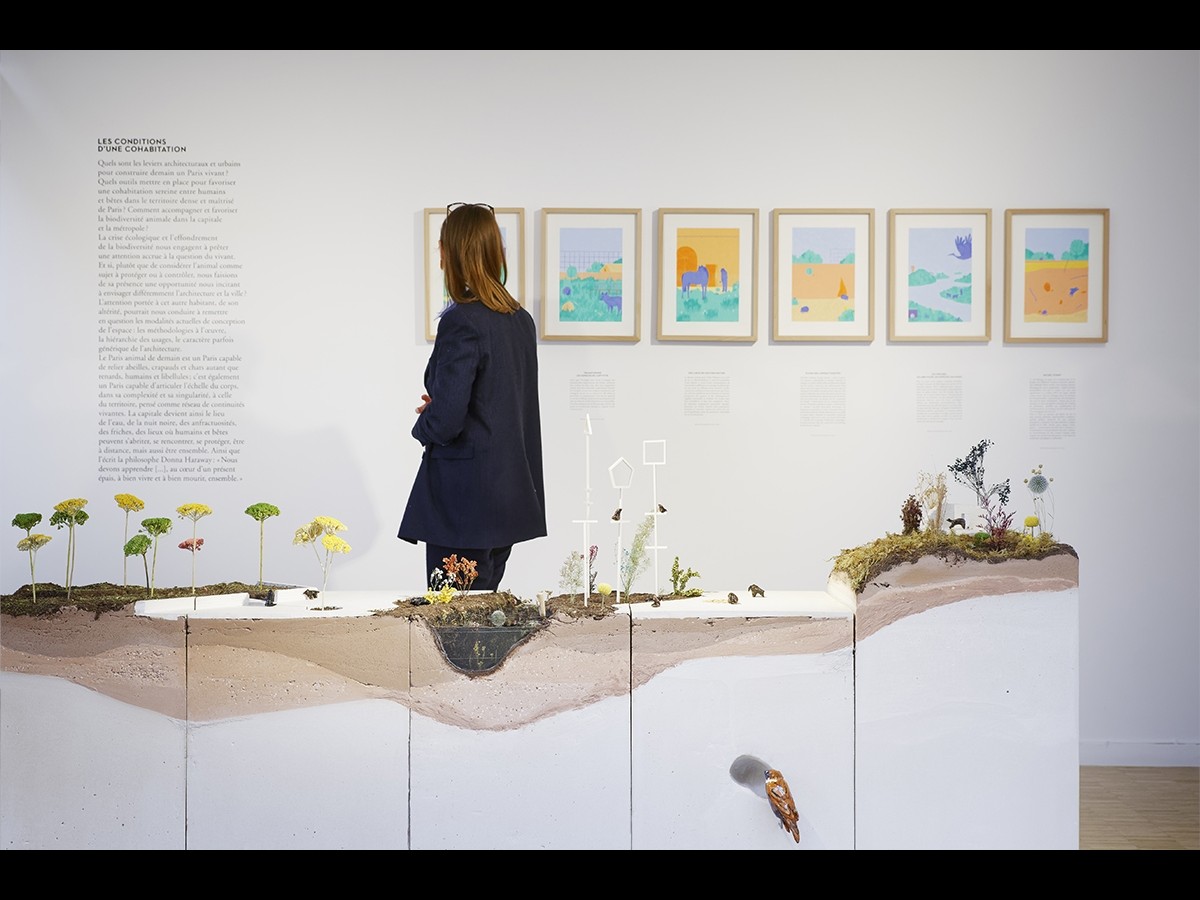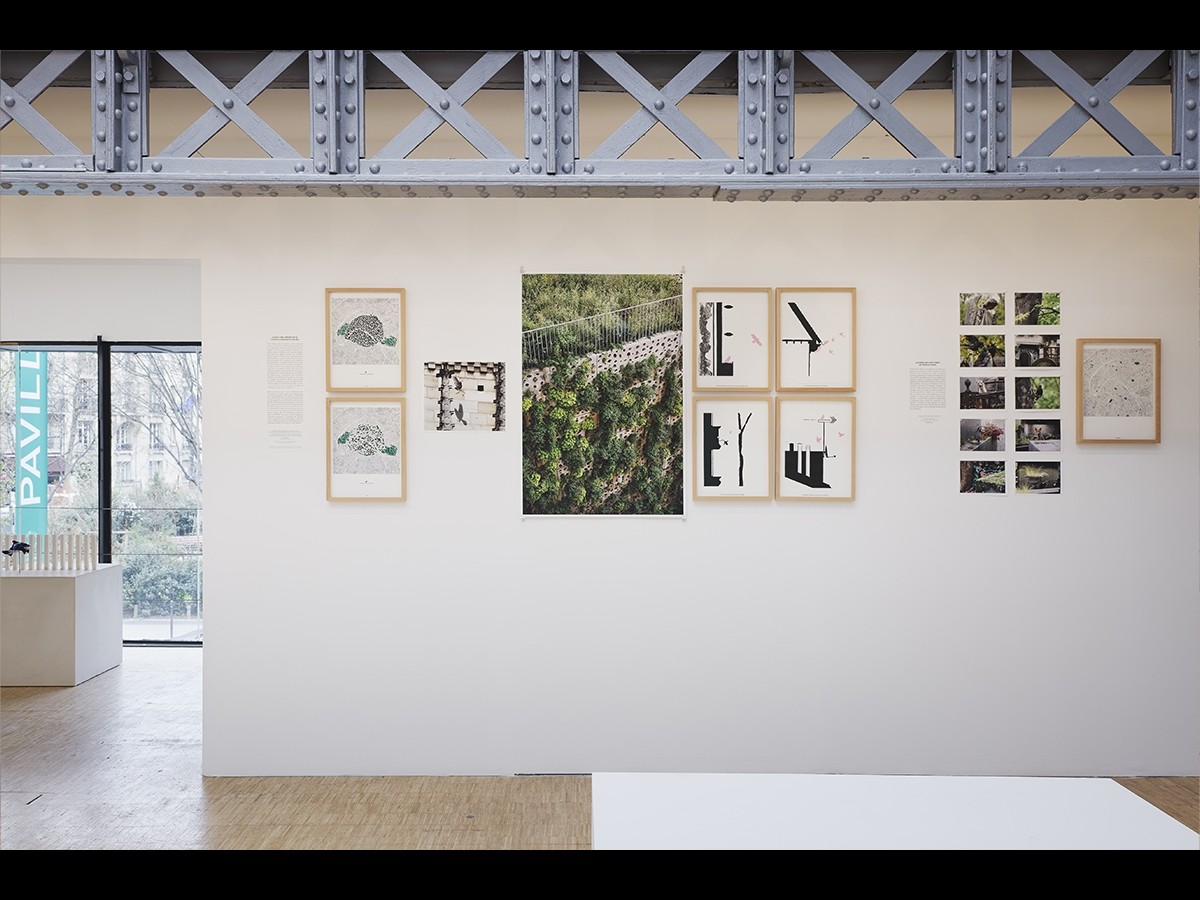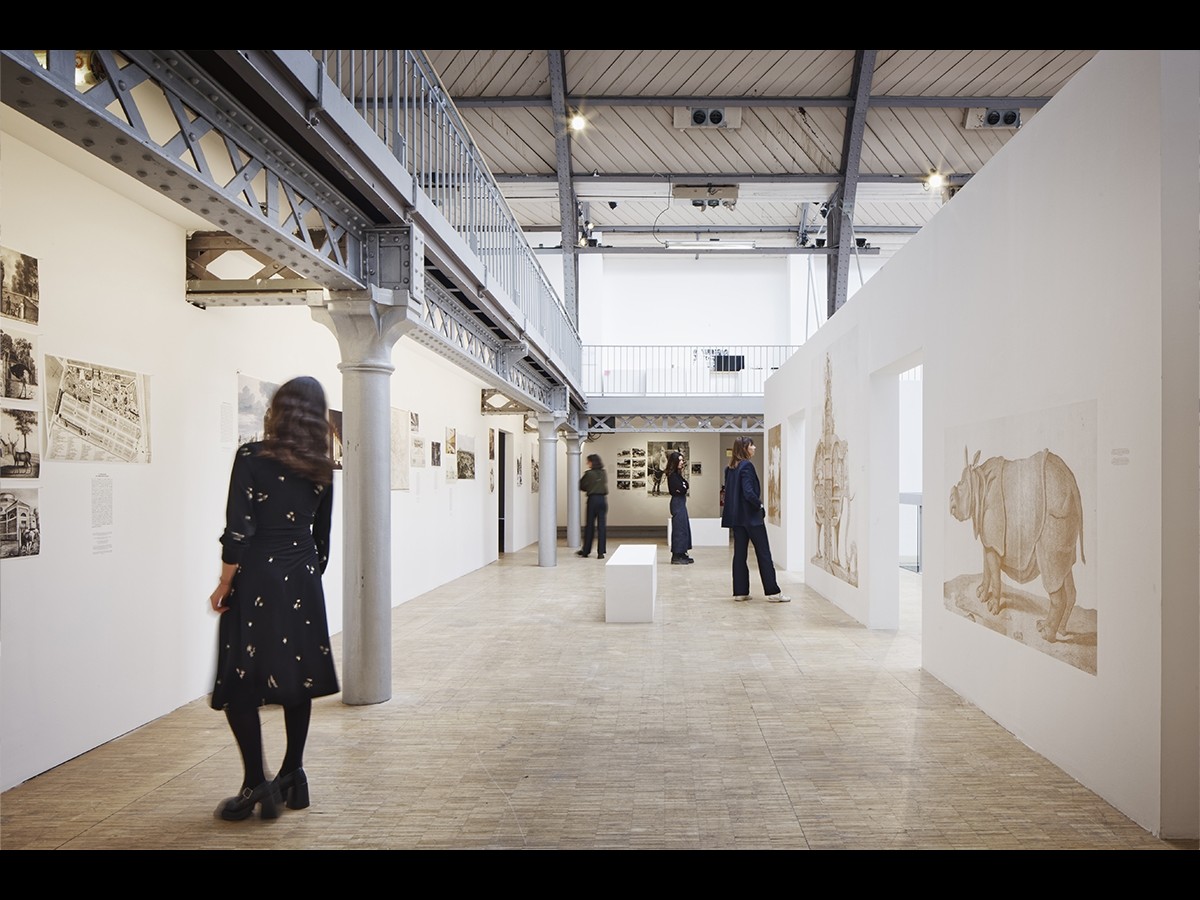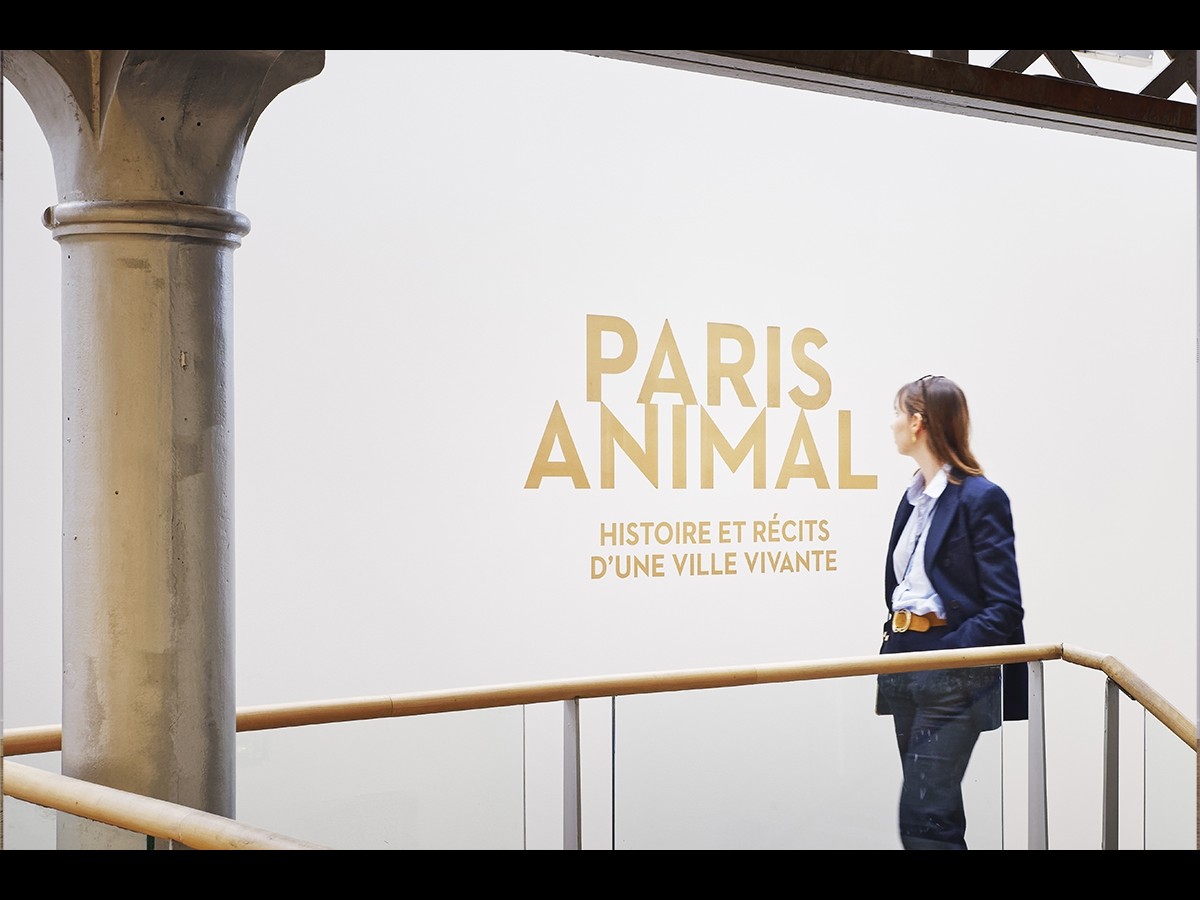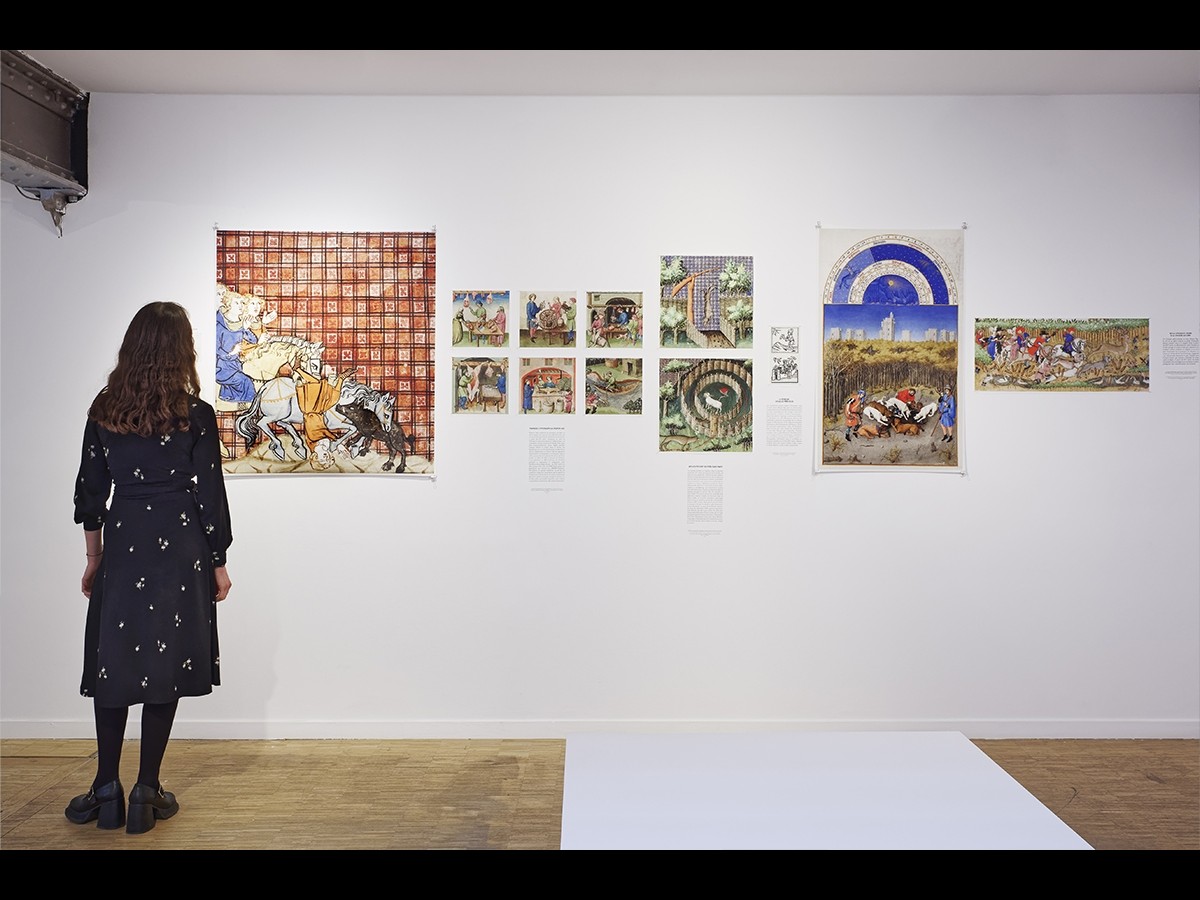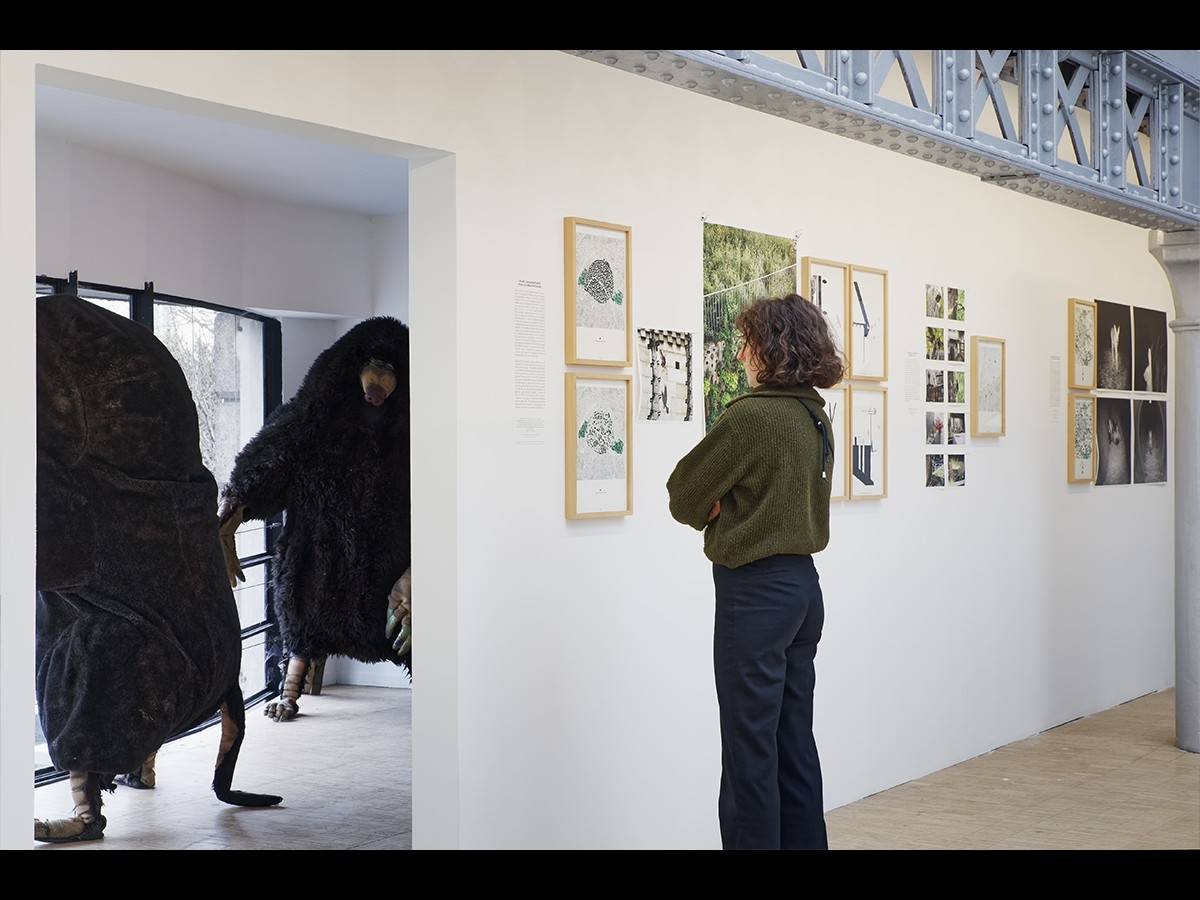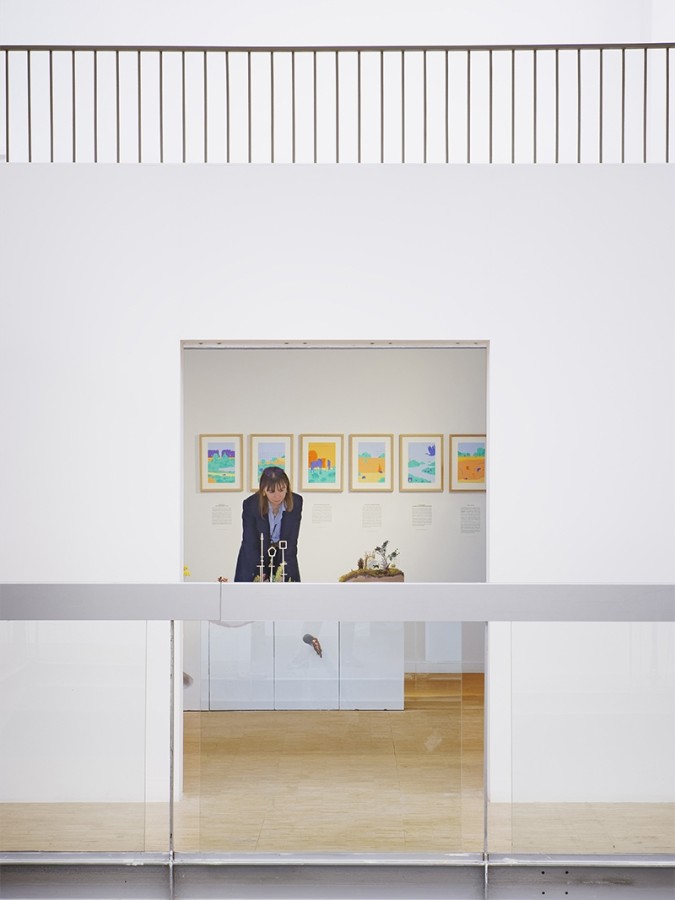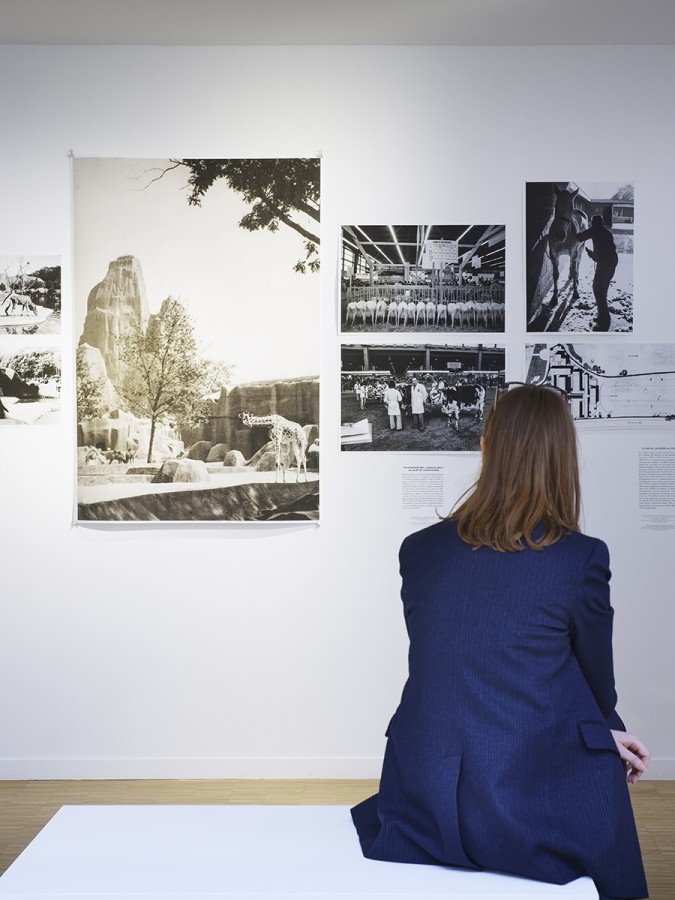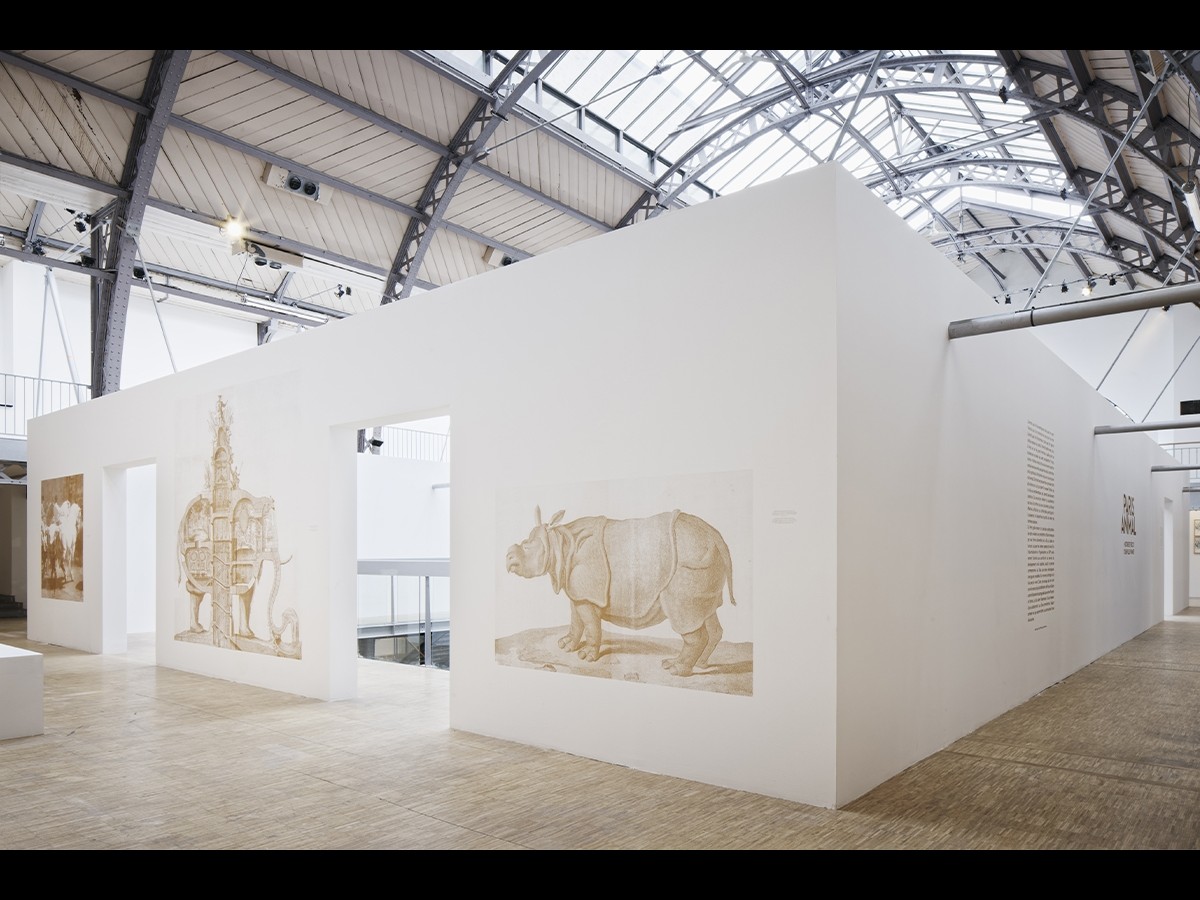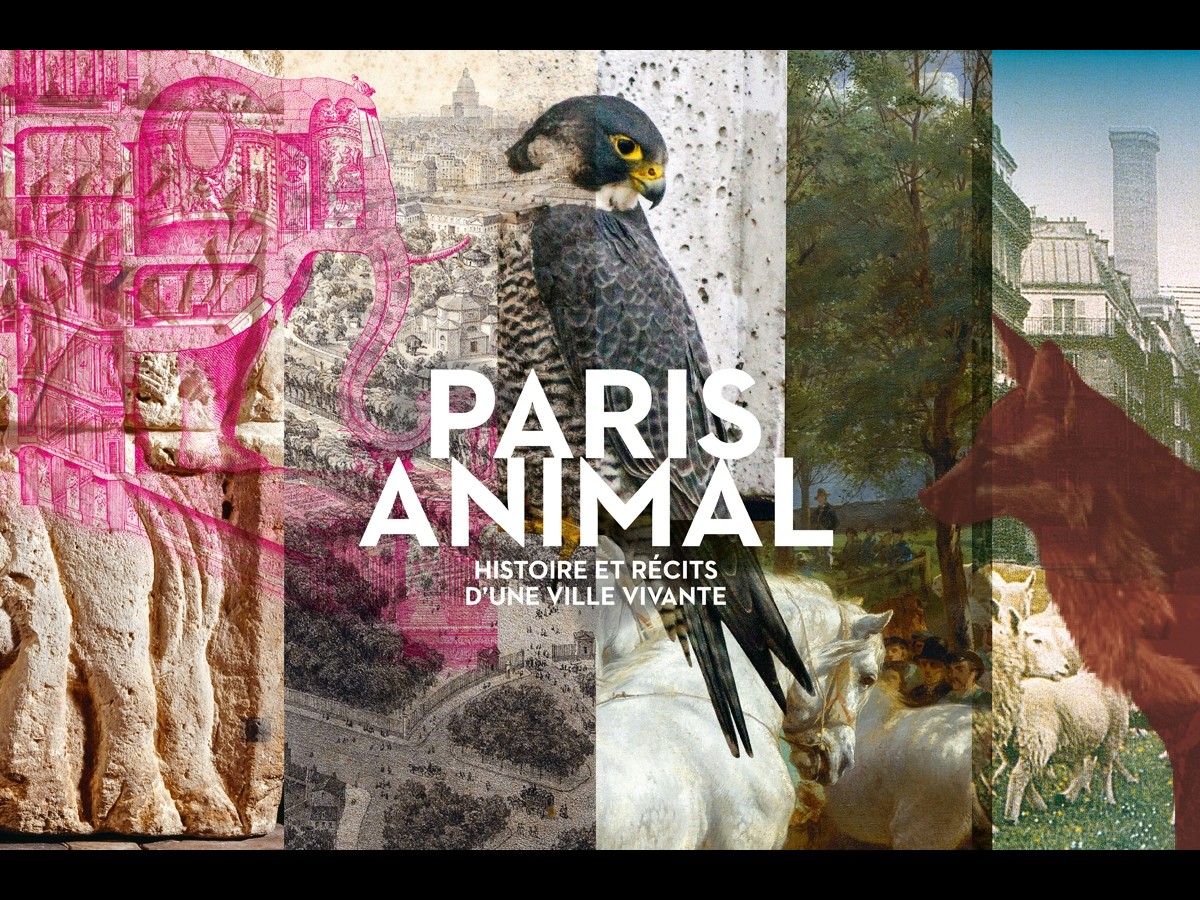The animals we domesticate and those we fear, the animals we contemplate and those we avoid, the animals we fantasize about and those we ignore—visible, exposed or hidden, animals live alongside us. In Paris and its large territory, what are the mutual impacts of this cohabitation? The “Paris Animal - Histoire et récits d'une ville vivante” exhibition and its companion book aim to recount the history how the French capital was built, from Antiquity to present times, viewed through the lens of animals and to understand its challenges and prospects.
Wolves, horses, cows, sheep, great tits, martens, falcons, giraffes, pikes, stags, … this event intersects the bestiary of Greater Paris with the places assigned to them, such as zoos, menageries, the Jardin d'Acclimatation, aviaries, aquariums, slaughterhouses, as well as the design of the buildings, public space and the layouts of the urban hinterland—ornamentation of religious and domestic buildings, hunting lodges, forest planning, circuses, racecourses, stables… up to the emergence of an “animalistic architecture” and a city that accommodate domestic and wild animals with its insect-friendly façades and new management approaches to rivers and parks…
Following a chronological thread, the exhibition guides visitors through 47 stories sampled over the long time span of the history of the city illustrating the shifts and continuities that have structured the animal history of the French capital—“The King Killed by a Hog,” “Wolves Have Entered Paris,” “The City of Eighty Thousand Horses,” “Rats, Cats, and Elephants on the Menu during the Siege of Paris,” “Transhumance in Île-de-France…” Illustrative episodes that, through the observation of the locations of human–animal interactions they offer—whether they express tension, collaboration, or domination—give us a glimpse of what building a living city could look like.

